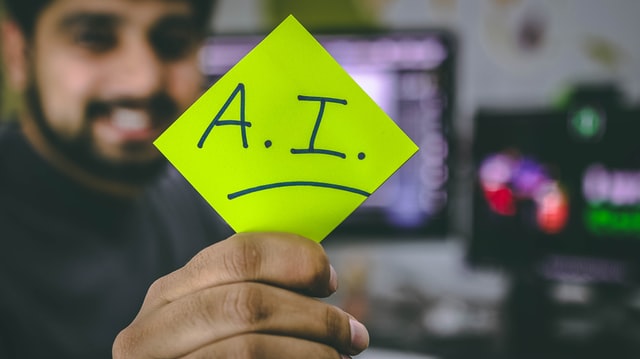
Artificial Intelligence has exploded in popularity during the last decade.
In practically every field, technology has had a significant impact. It has grown into a great superpower that has changed how we interact and may change how we live in the future.
Some dated the start of this age to 2007, when smartphones were first introduced. At its most basic level, intelligence is power, whether it comes from an artifact or an animal. It is a type of computation and, as such, a data transformation.
Artificial intelligence is utilized for everything from taking better smartphone images to evaluating your personality during job interviews to allowing you to buy a sandwich without paying a cashier. It’s also becoming more widespread — and contentious — when used for spying, such as facial-recognition software, and for disseminating false information, such as deepfake videos that appear to show someone doing or saying something they didn’t.
This article will look at how much AI has changed in the past decade.
The Breakthrough in AI
Although AI can be traced back to the first programmer Ada Lovelace in the 1800s, 2012 was widely regarded as one of the most significant years in the history of AI. The power of convolutional neural networks was clearly seen this year in the renowned ImageNet competition, where players were entrusted with making accurate object predictions.
The convolutional neural network built by Alex Krizhevsky and published with Ilya Sutskever and Krizhevsky is known as “Alexnet.”
From YouTube videos, the neural network learned to recognize cats with 74.8% accuracy and faces with 81.7% accuracy. This work in 2012 is responsible for the success of facial recognition in your phones and computers.
Lee Sedol, the world’s best Go player, was defeated by AlphaGo in 2015, demonstrating AI’s supremacy in games.
Meanwhile, Google showcased its self-driving car based on the Waymo model.
In addition, the Face2Face initiative allowed users to produce deepfake films that year. Deepfake, which combines the terms “deep learning” and “fake,” creates or manipulates audio and video material using AI and machine learning algorithms.
This breakthrough has sparked debate since technology can be used to modify videos and create false or defamatory content.
On a less frightening side, Google Assistant, an AI-powered virtual assistant that engages in two-way communication using Google’s natural language processing algorithm, was released in 2016. Google Assistant can perform Internet searches, schedule events, set alarms, modify device hardware settings, and display information from the user’s Google account.
Today, researchers are increasingly able to deploy models for medical imaging with greater confidence as AI accuracies improve. The field of medicine is gearing up for an exciting decade ahead, from retinopathy to cancer diagnostics, kidney illness, to AR-assisted surgery.
The Future of AI
According to experts, we are at the start of the fourth Industrial Revolution, which will be unlike any of the previous three.
From steam and water power through electricity and manufacturing processes, computerization, and now to the question of what it means to be human. AI technology in our factories and workspaces, as well as connected equipment that can communicate, view the entire manufacturing process, and make autonomous decisions, are just a few ways the AI Revolution will enhance business.
The ability to improve the world’s population’s quality of life and increase income levels is one of the most significant benefits of the 4th Industrial Revolution. Our businesses and organizations are getting “smarter” and more productive as AI and humans work to improve businesses and life.



Leave a Reply
Your email address will not be published. Required fields are marked *